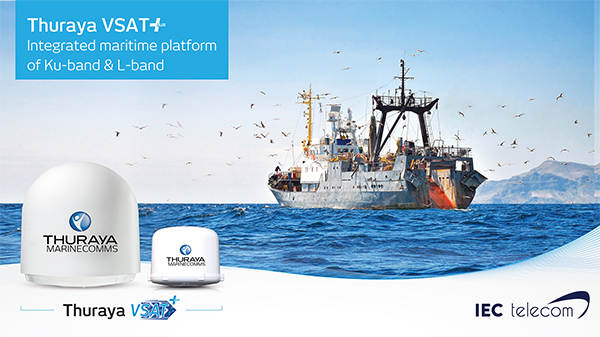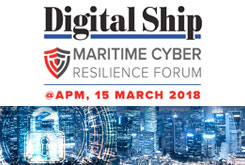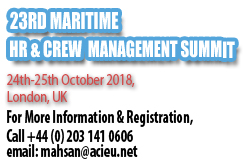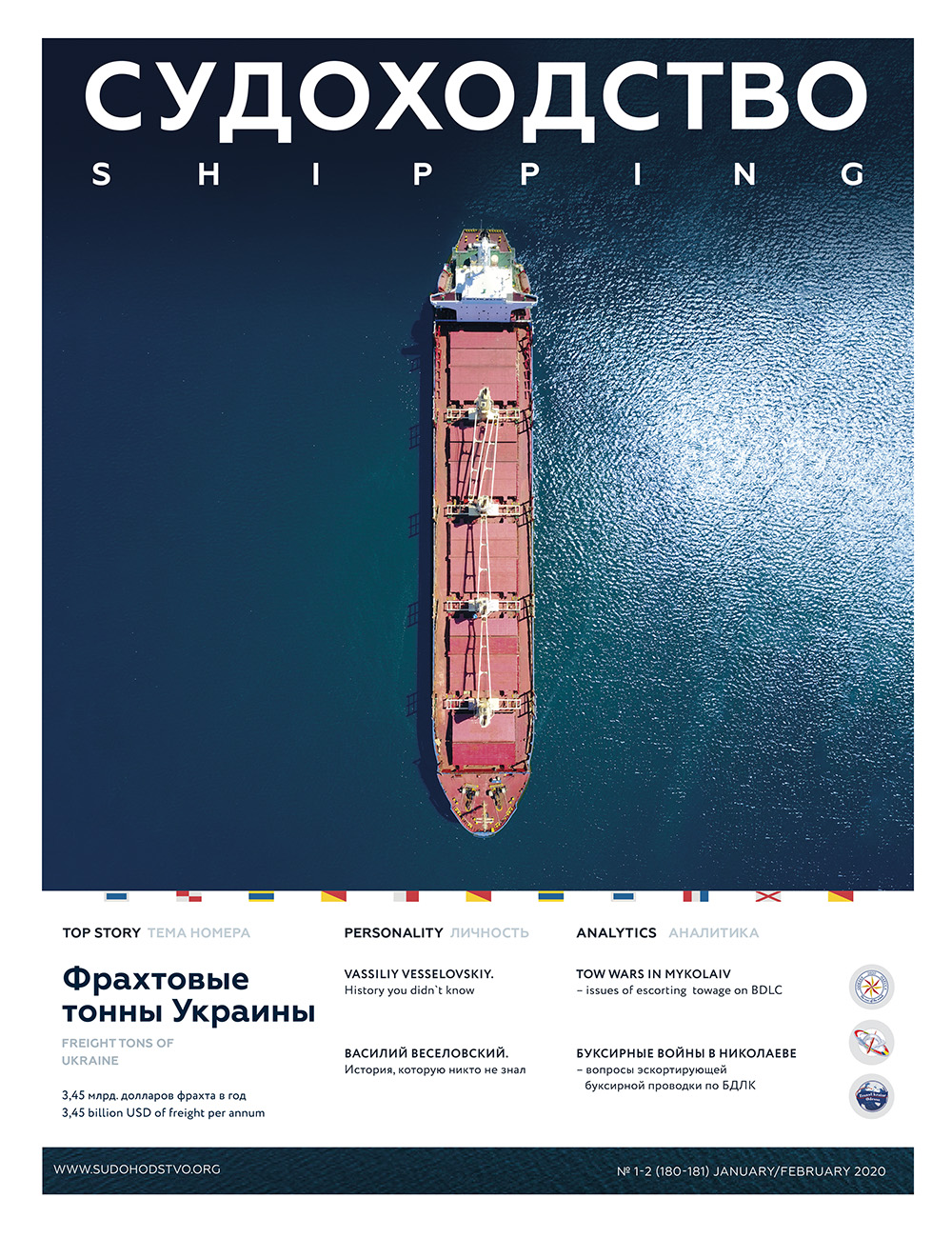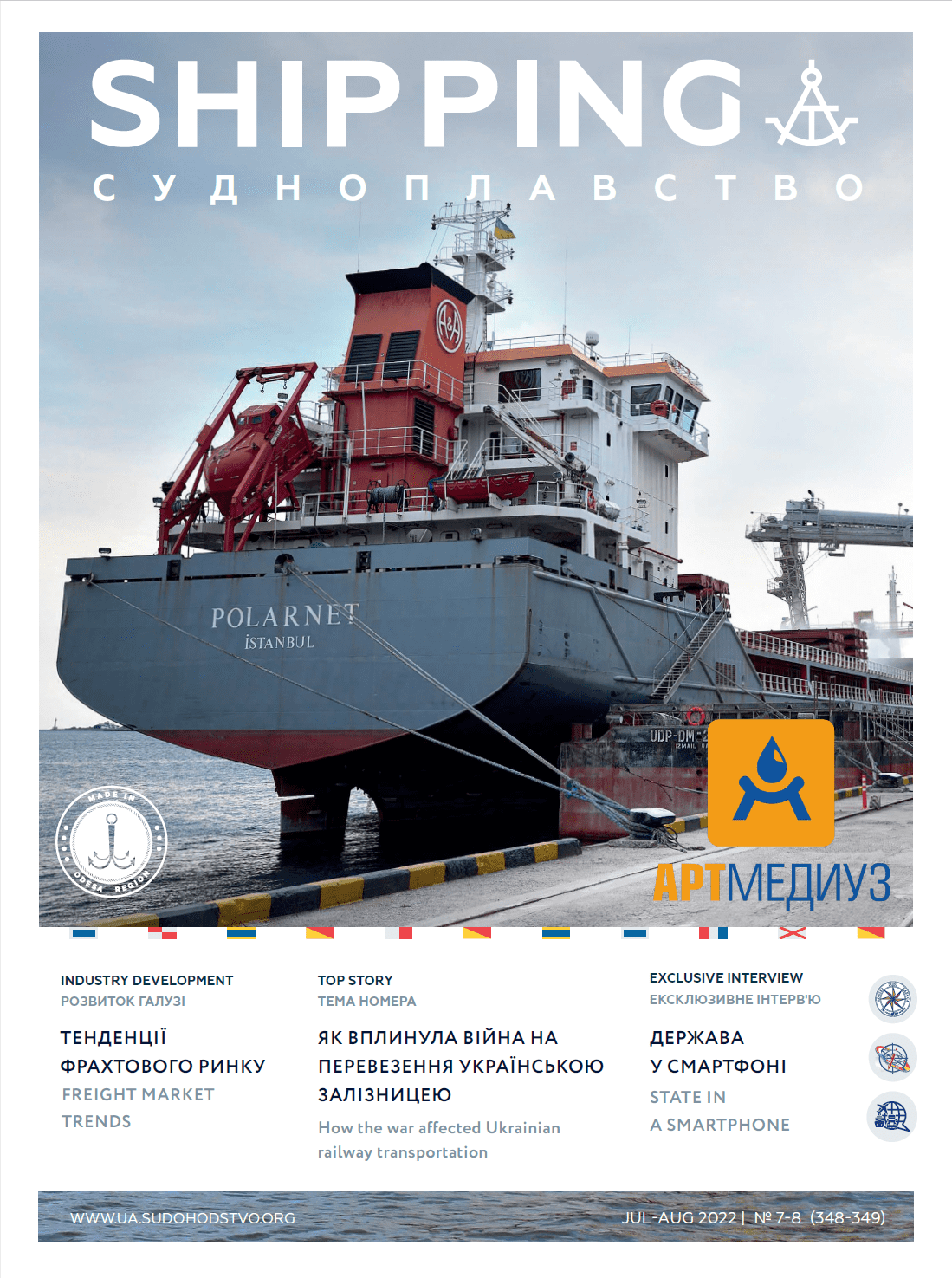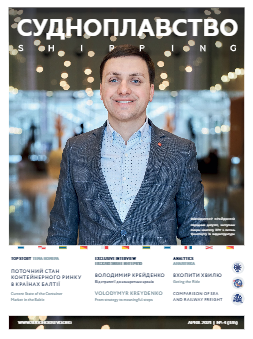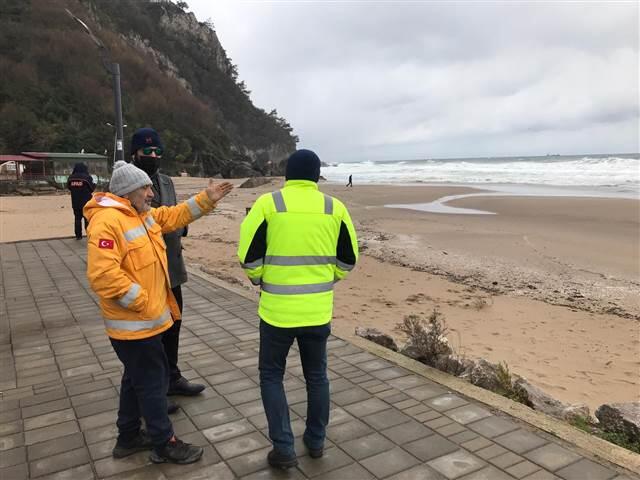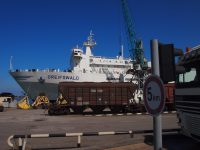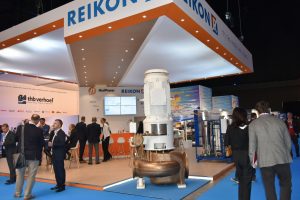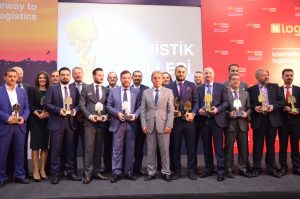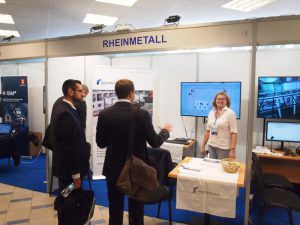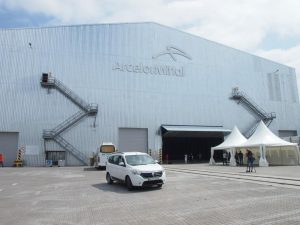Anastasiya Yarmolyuk

SHIPNEXT is the first online cargo transportation platform used by more than 1,000 international companies in Ukraine.The founder and CEO of SHIPNEXT, Alexander Varvarenko, spoke about the role of smart contracts and the electronic Bill of lading in the modern supply chain of floating cargo.
— Alexander, could you tell us, please, what is the SHIPNEXT platform and what are its advantages?
— SHIPNEXT is a digital automated marketplace that creates an effective, safe and reliable mechanism for coordinating cargo, traffic, trade, contracting and documenting. It allows different players of the transport industry to interact, thus creating an open and transparent business environment.
Today, SHIPNEXT connects shipping companies with ports, terminals, exporters, importers, banking platforms and insurance companies. All of these participants in the freight market can safely exchange information and documents.
SHIPNEXT is a solution based on a clear, transparent and understandable algorithm. This is a direct path to a modern, international multilingual environment that operates 24 hours a day.
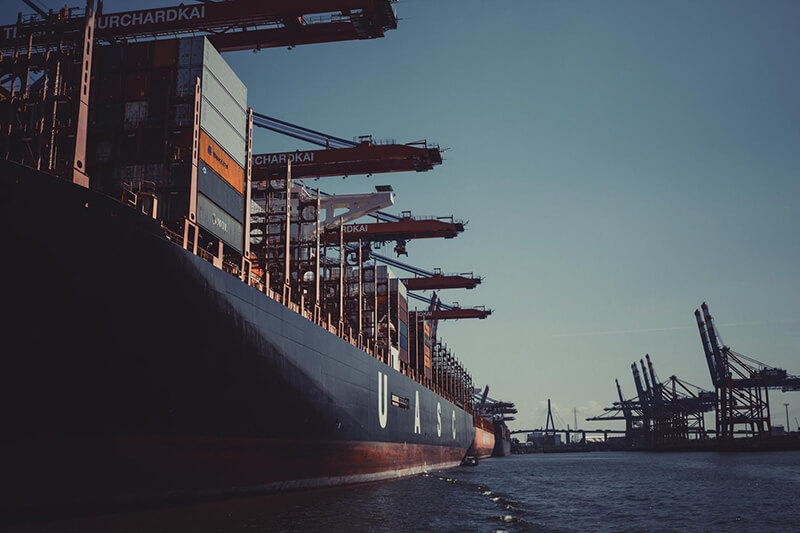
— Alexander, what do you think about the distributed ledger?
— A distributed ledger is a very important technology. The digital currency that make a fuss in the shipping market is a thing of the past, but technologies remain and they are becoming more and more popular.
Our solution, which includes a distributed ledger and blockchain, by itself, is built around smart contracts, in particular the supply chain of goods.
The first thing we implement using blockchain technology is the electronic bill of lading. The way we structure it is to include from the very beginning all parties related to the “smart” contract, starting from the moment the cargo appears, moving it from point A to point B. All participants in the chain are involved into this chain. Bill of lading: transport companies, transport and satellite tracking companies; ports and terminals where loads are loaded; insurance and survey companies that are directly involved in the process of creating an electronic bill of lading.
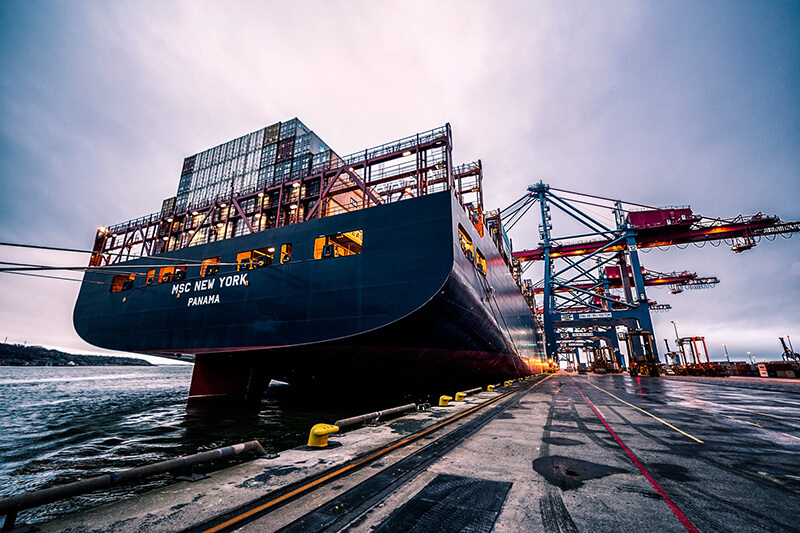
— What are the advantages of the e-bill of lading?
— Ecosystems of companies may be involved in the creation of an electronic Bill of lading, so it is provided to various players associated with a smart contract, including banks, insurance companies, customs officers and other organizations that serve as a distributed register. As you can see, all the participants in the freight market, including the data provider, satellite communications provider, terminal, port, are involved into the process and they all store the same document. Each of them knows that on this day this particular vessel loads the particular cargo, and this information is then stored in the Bill of lading.
The way all these companies approach the creation of an electronic Bill of lading is, in many cases, based on an algorithm, and therefore this document is reliable for use in the cargo transportation.
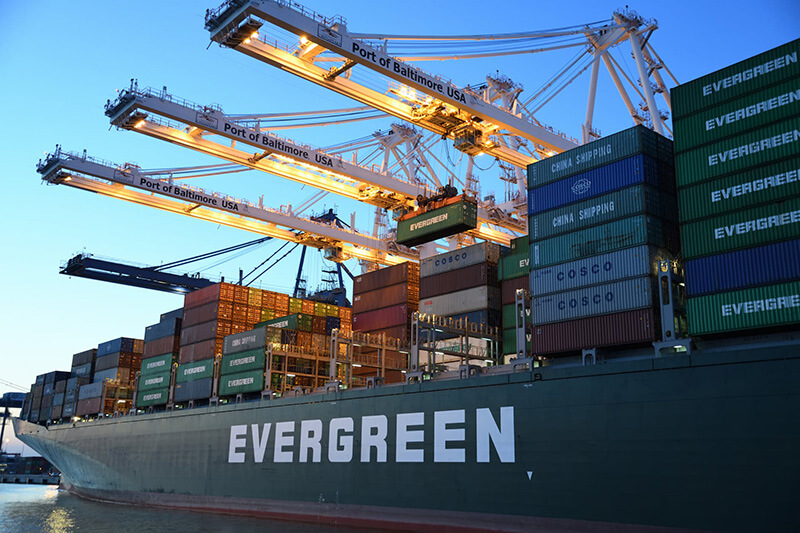
— You use the blockchain in the supply chain management system …
— “Today, a large number of commodity traders and exporters and importers associated with raw materials are voicing their desire to build a blockchain supply chain. This means that they track the entire process of goods transfer — from the very beginning to the end, to the final consumer.
Our role in this process is a transparent and safe way to deliver cargo from the port of loading to the storage of the port of discharge.
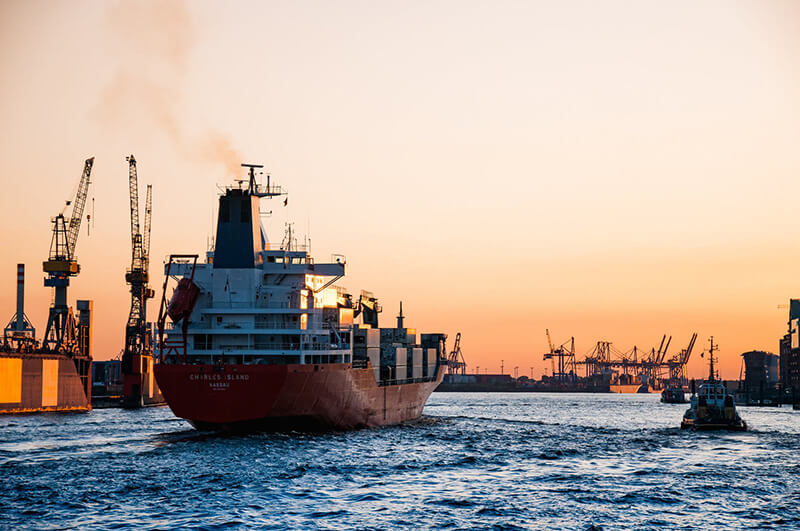
— What companies, ports, terminals have you already signed an agreements with?
— In February 2019, SHIPNEXT entered into a strategic alliance with the largest Indian e-commerce company Mjunction Services ltd, which is a joint venture of two metallurgical giants — SAIL and Tata Steel.
Earlier, in November 2018, SHIPNEXT became a strategic partner of COTECNA and E-TITLE in order to create a unique, reliable blockchain-based solution for electronic Bills of lading and smart contracts.
SHIPNEXT also signed a partnership agreement with Spire, which provides satellite data.
In addition, together with SEARATES and AIRRATES, we plan to launch a unique intermodal transportation and supply chain ecosystem.
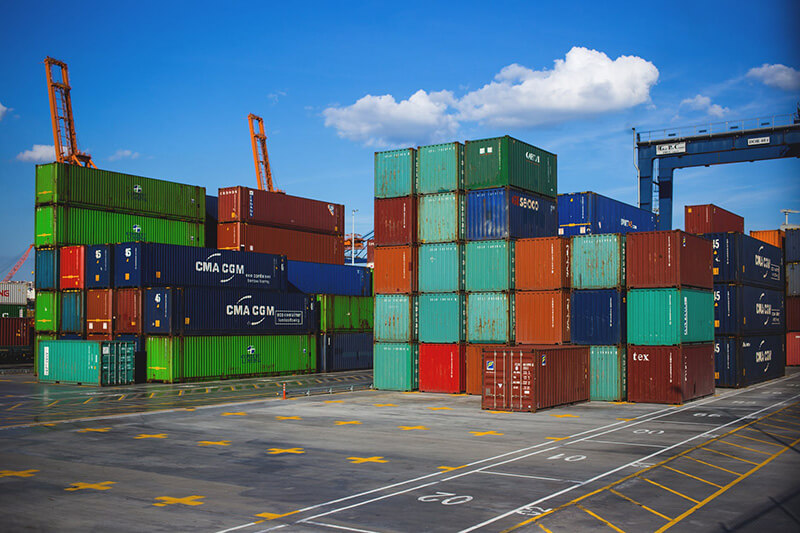
— What solutions are you working on nowadays?
— The problem of building a digital solution is about misunderstanding the concept of a supply chain/ transportation/ delivery by the different members of the international supply chain or trade.
Delivery is not a sale of goods and the supply chain is not only related to delivery or distribution. In fact, this is a very complicated process of moving a product or a finished product from point A to the final consumer. This may be transportation of steel for the production of the car, for which you also need spare parts. In other words, the car has its own supply chain. Thus, you cannot limit the concept of a supply chain or transportation for the last mile delivery. The structuring of the solution from SHIPNEXT is built on interaction. The algorithm begin with a simpler model of moving one goods from one port to another port of discharge, moving to the so-called parceling, where several goods/goods can be transported from a number of ports of loading to several places of discharge and, finally, into containers. Without this, there can be no transparent transport environment. This algorithm can then help to structure the environment into a reliable and traceable ecosystem, where every party has a prove of ownership to it’s own infrastructure.
Today we at SHIPNEXT are working on this algorithm, developing it for the delivery of goods in containers and packages. We connect the parties in the process of creating of an electronic bill of lading, connect various digital solutions in eco-systems, create a reliable network that will ensure the safety and reliability of international insurance, cargo handling and delivery.

